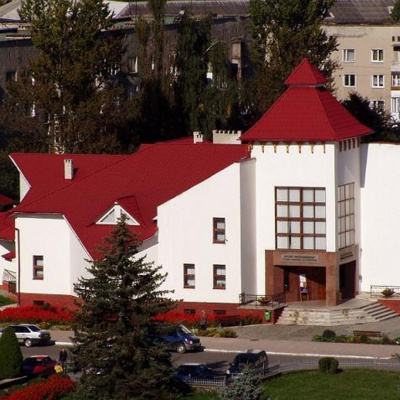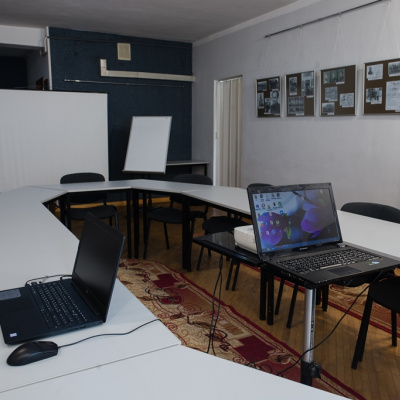Local History Museum of Tetyana and Omelian Antonovych Boykivshchyna, Dolyna
The Boikivshchyna Museum in Dolyna collects, preserves, studies, and exhibits ethnographic collections that introduce contemporaries to the culture of the Boikos. The local history museum "Boykivshchyna" of Tetiana and Omelian Antonovych is one of the youngest museums in the Carpathian region, founded on September 5, 2003.
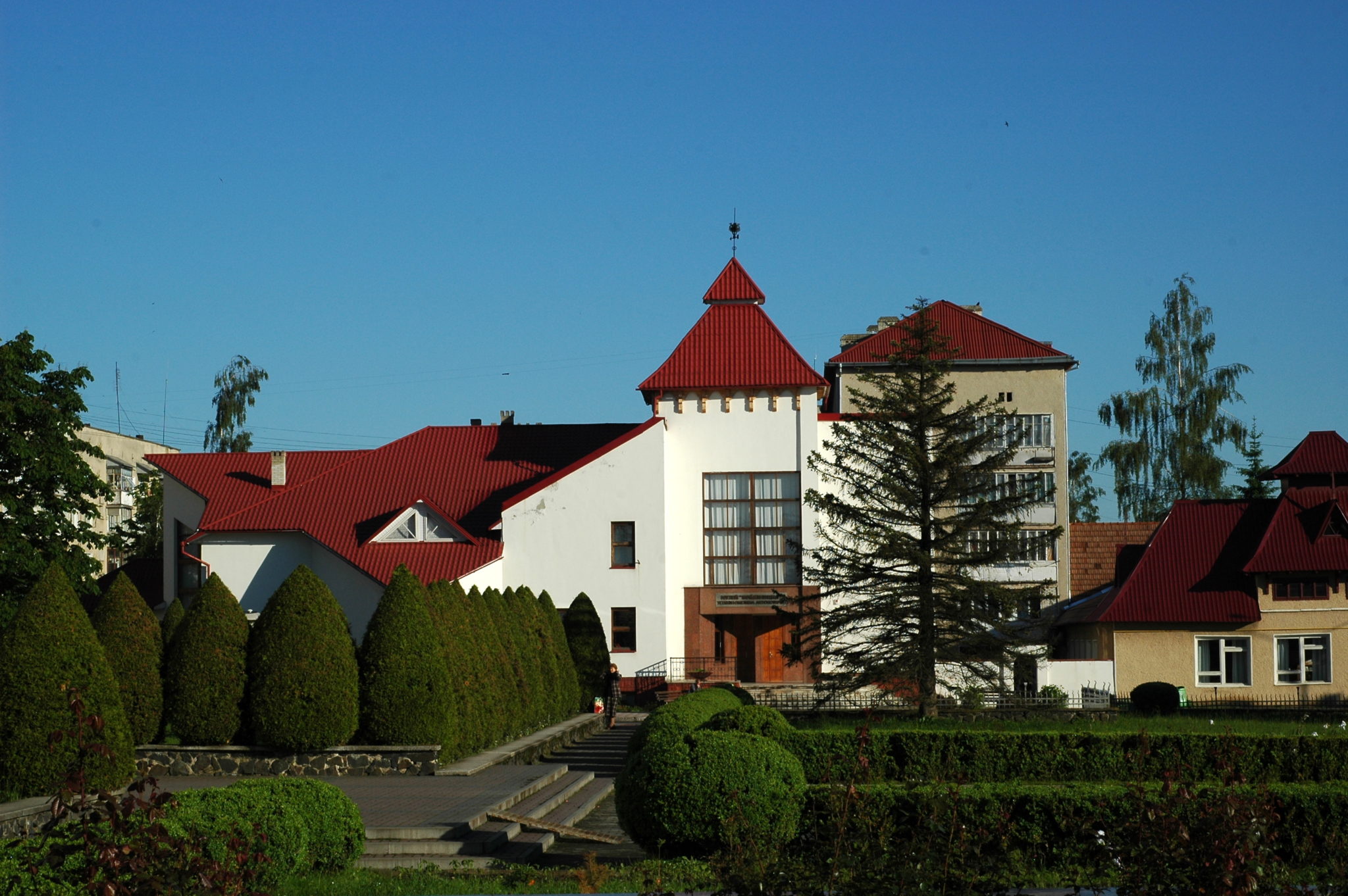
The Boyky, as an ethnographic group, differ from their neighbors in their dialect, housing, customs, traditions, lifestyle, and clothing. Men wore shirts that were worn over their pants. Older men wore longer shirts, and younger men shorter ones. A man's Sunday shirt was decorated with embroidery, while his weekday shirt was plain and white. Pants were made of the same fabric as the shirt. There was a distinction between weekday pants made of coarse cloth and holiday pants made of fine cloth. Each boyko was fastened with a belt. Over the shirts, the boyko wore sleeveless shirts, a short garment worn all year round. Women wore an embroidered shirt, skirt, and a reserve. The wedding reserve of Boyko women was a talisman. They used it to wipe their faces from the evil eye. Women also wore embroidered sleeveless shirts. The shoes of the Boikos are khodakas. Traditional color combinations were black and red or red and blue.
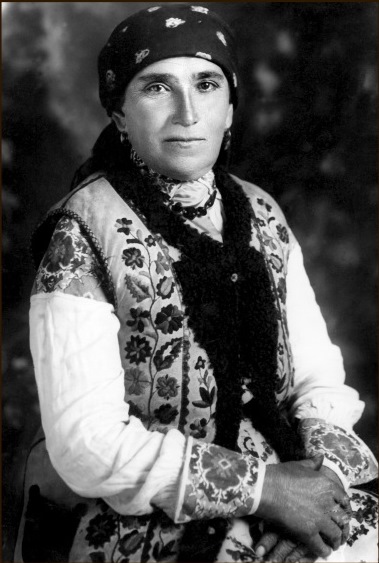
Boyko culture and traditions
The queen of Boyko music is undoubtedly the violin. They also played flutes, tambourines, and trembitas. Boikos also play the drymba, which is considered one of the oldest mouthpieces in the world. In highland villages, people believed that playing the drymba could cure a person. The Boyko wedding ceremony has retained many archaic features. One of them is the bride's farewell to her family. In Eastern Boikivshchyna, the bride was placed on a yoke held by the bridegroom on his lap, and only then was she put on a cap. A Boikos wedding was accompanied by ladkanky. This is a ritual singing in honor of the goddess Lada, the rhythm of which dates back to pre-Christian times.
The trembita served as an informant about various events in the village: carolers, weddings, and funerals. Today, trembita is often used in orchestras.
Boyko festivals
In order to preserve and revive the original traditions and rituals of the Boyko region, to develop and popularize Boyko folk art, authentic folklore, and to identify talents, the Boyko Vatra festival is held in the Dolyna. Treasures of our land - this is the name of the annual Christmas festivals or competitions of nativity plays, which are designed to revive and preserve the traditions and rituals of the Christmas and New Year cycle. Authentic carols are performed here, glorifying the newborn Jesus Christ.
The Dolyna traditionally hosts the regional festival of lyrical poetry by Franko. The renovated Lolyn hosts an increasing number of people who honor Ivan Franko, his relevant word, which is a guiding light for the present and future generations. This year, for the first time in the village of Vyshkiv, the district launched the Carpathian Summer festival to popularize Boikos culture, customs and rituals, revive traditional folk crafts of the highlanders, and promote the products of masters and folk craftsmen of decorative and applied arts. Every year, the City Day is celebrated in the last week of August. This festival begins with a parade of participants from eight sister cities, and the museum organizes the Crafts Festival.
Boyko's house
The Boyko hut is an elongated wooden building that combined residential and utility rooms under one roof. In ancient times, it consisted of three main parts: the middle one was a hallway (corridor) that separated a large living room (svitlytsia) where the family lived. It was located on the left. On the right side was a stable with a separate entrance. The entrance to the house was through the hayloft, which also served as a pantry for storing food, vegetables, and household items. Rye was threshed and flax was ground there. Cattle and other domestic animals were kept in the stable. Later, they began to add outbuildings to the single-row dwelling, to divide the living room into two rooms, one of which could be a pantry. A shop was built on the side of the stable for storing firewood, which also served as a workshop, and a pantry on the side of the living room. They had separate entrances. They began to build houses with two living rooms, called "hut in two halves" or "hut through the hayloft," and the stables and barn were built as a separate outbuilding.
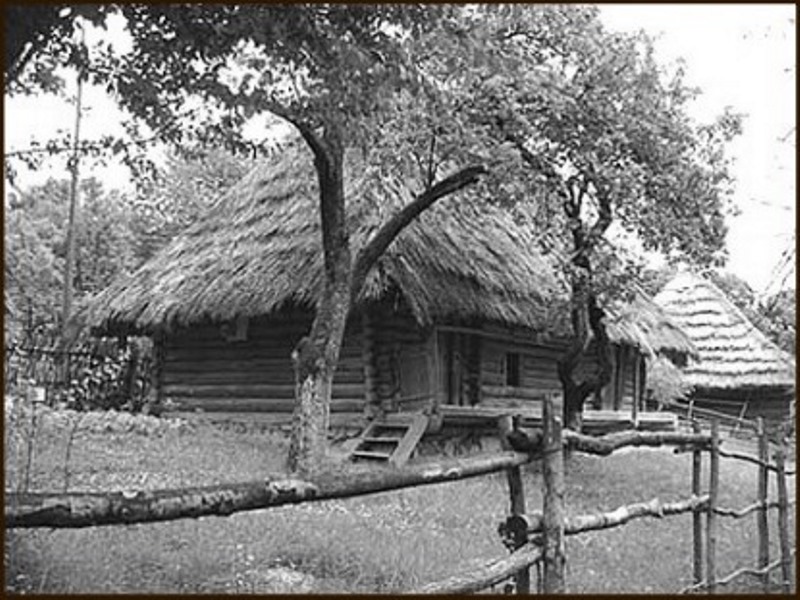
The museum exposition consists of 6 main departments:
- The Antonovych Family Room, which displays photographs from the lives of famous patrons of the arts, personal belongings, and a collection of souvenirs and matchboxes from around the world;
- The Nature room, which displays the grandeur and beauty of the Carpathian flora and fauna;
- "History";
- "Life and ethnography";
- "Boyko's house";
- "Sacred Monuments" section.
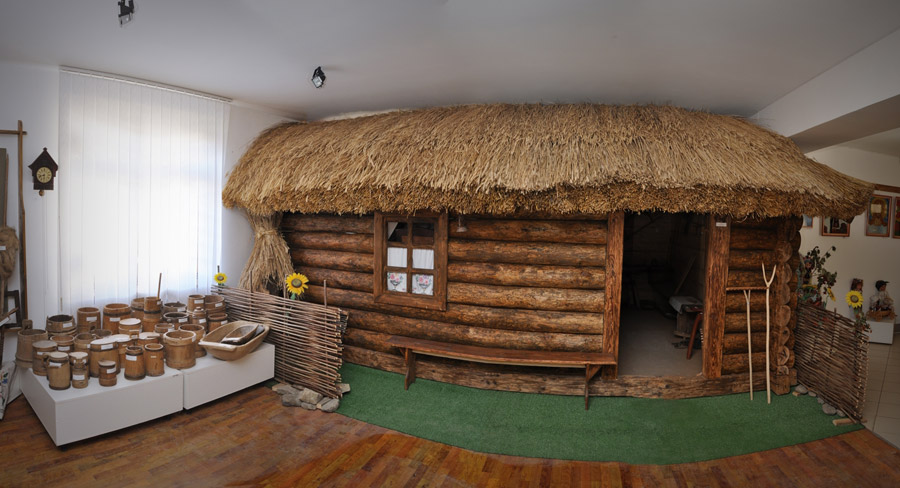
The life of the Dolyna people is closely connected with Christianity. As early as 1112, there was a monastery in Dolyna on Mount Ascension. In the 1550s, there were three churches here, and a respected school of icon painting developed. A collection of ancient icons from the Dolyna region (more than 120 pieces) is kept in the Andrey Sheptytsky National Museum in Lviv. Copies of many icons are kept in the department of sacred monuments of the Dolyna Museum of Local Lore in Boykivshchyna.
Experienced guides at the Boikivshchyna Museum will help you organize sightseeing tours of Dolyna if you want to see the Museum of Insurgent Victory in Dolyna, the old saltworks, and the bunker where Ukrainian nationalists were hiding, The Carpathian tram in Vyhoda, Dovbush's Rocks in Bubnyshche, Shyrkovets Swamp and Mizun waterfalls near Novyi Mizun, Mountain Polyanytsia Lake (Dead) or Hoshiv Monastery, Ivan Franko Museum in Lolyn village.
Rent a conference room in the museum for 50 people
You can hold conferences, seminars, trainings, meetings, creative events, and more in our conference hall at 2a Chornovola Street, Dolyna (Boykivshchyna Museum). Rent for 1 hour is 100 UAH. The price includes the use of multimedia equipment (screen, projector, flipchart). Additionally, for a fee, you can order dishes for a coffee break.
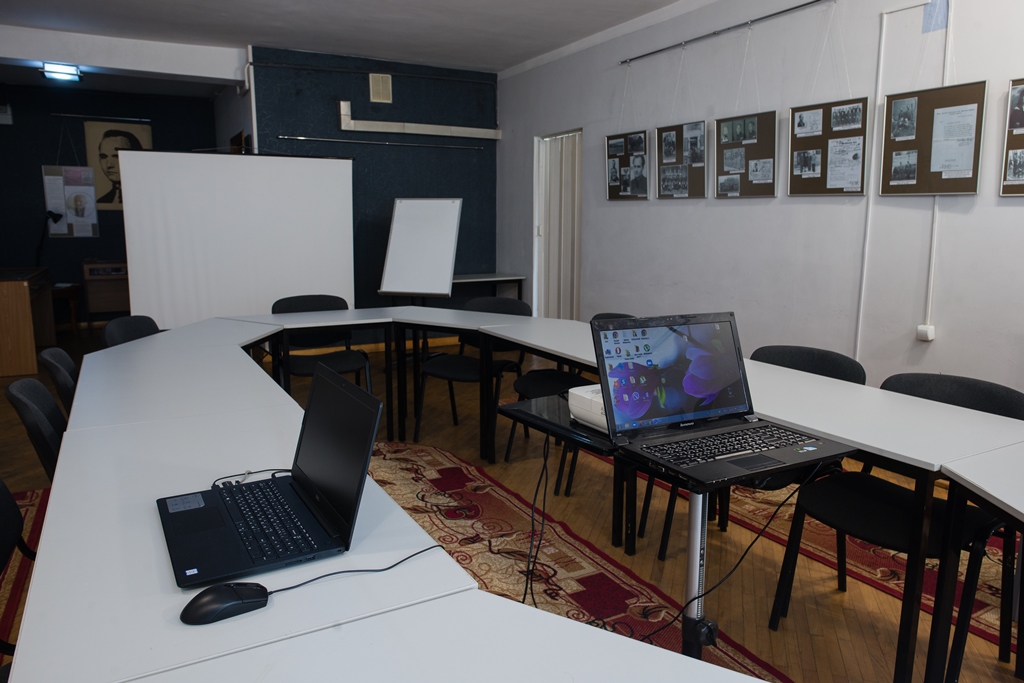
Accommodation around Local History Museum of Tetyana and Omelian Antonovych Boykivshchyna, Dolyna:
Які маршрути проходять повз Local History Museum of Tetyana and Omelian Antonovych Boykivshchyna, Dolyna?
Пропонуємо пройти такі туристичні (пішохідні) маршрути через/біля Local History Museum of Tetyana and Omelian Antonovych Boykivshchyna, Dolyna: Маршрут на г. Щавна, с. Мислівка, через г. Яйко-Ілемське, г. Горган-Ілемський до с. Мислівка, с. Мислівка, через г. Вел. Пустушак, пол. Німецька, г. Горган Ілемcький до с. Осмолода, с. Мислівка – г. Горган-Ілемський – с. Мислівка, На Горган Ілемський, с. Мислівка, через хр. Аршиця, г. Молода, г. Яйко-Ілемське до с. Мислівка

Маршрут на г. Щавна
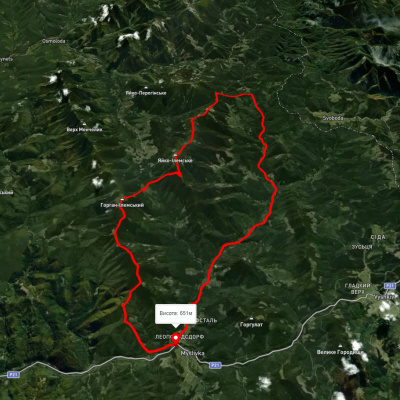
с. Мислівка, через г. Яйко-Ілемське, г. Горган-Ілемський до с. Мислівка
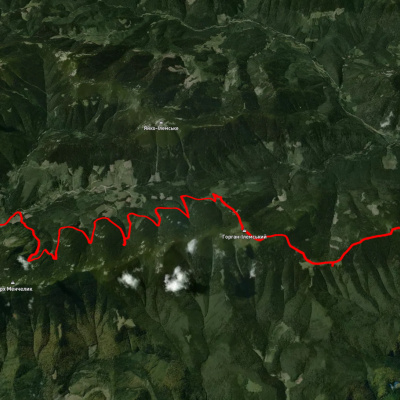
с. Мислівка, через г. Вел. Пустушак, пол. Німецька, г. Горган Ілемcький до с. Осмолода
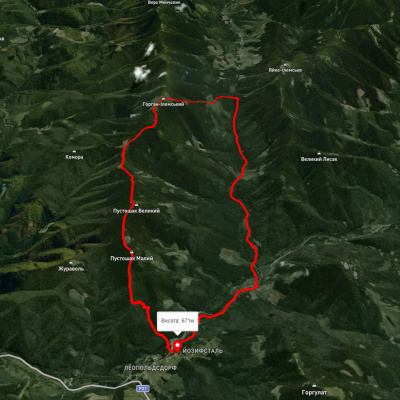
с. Мислівка – г. Горган-Ілемський – с. Мислівка


